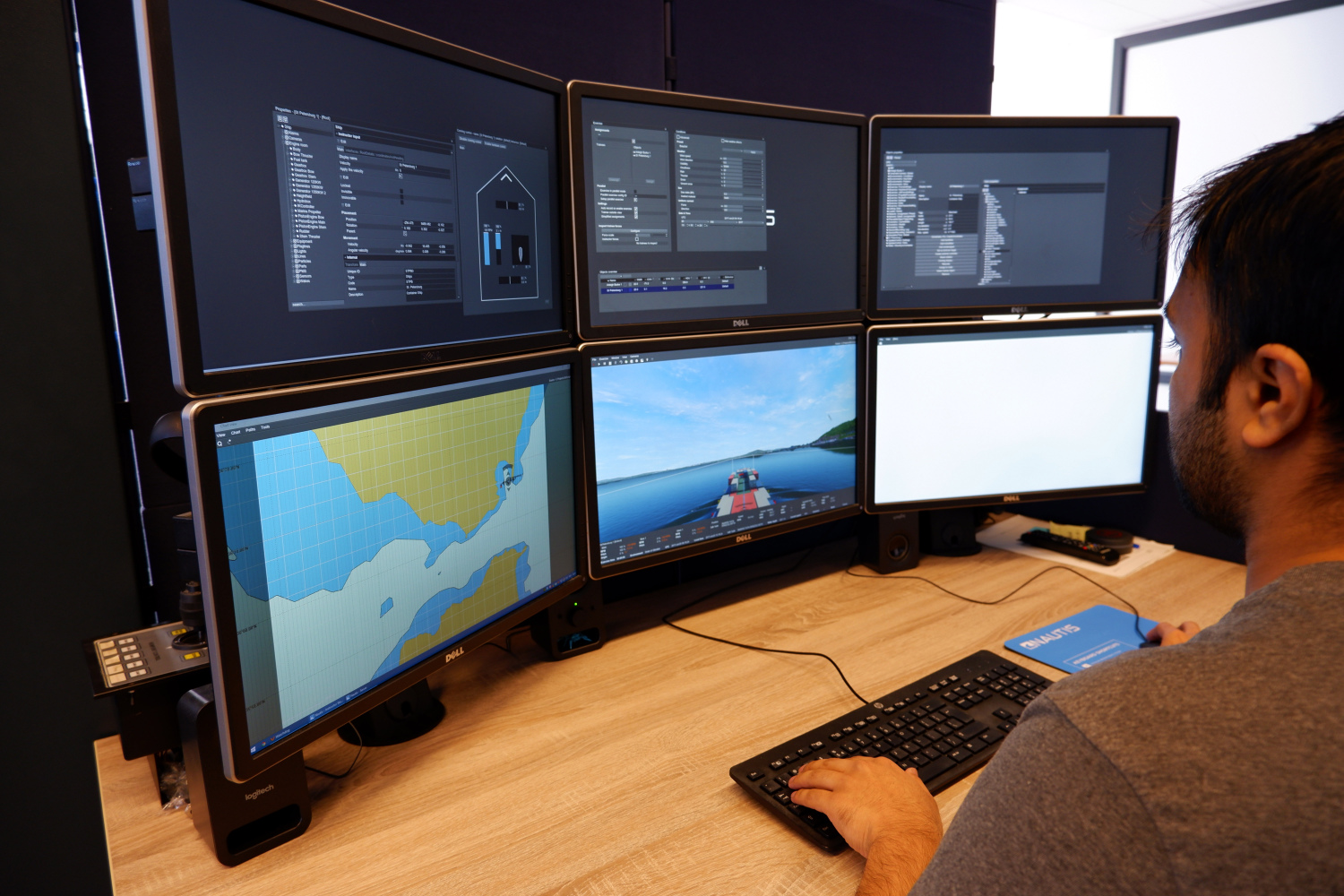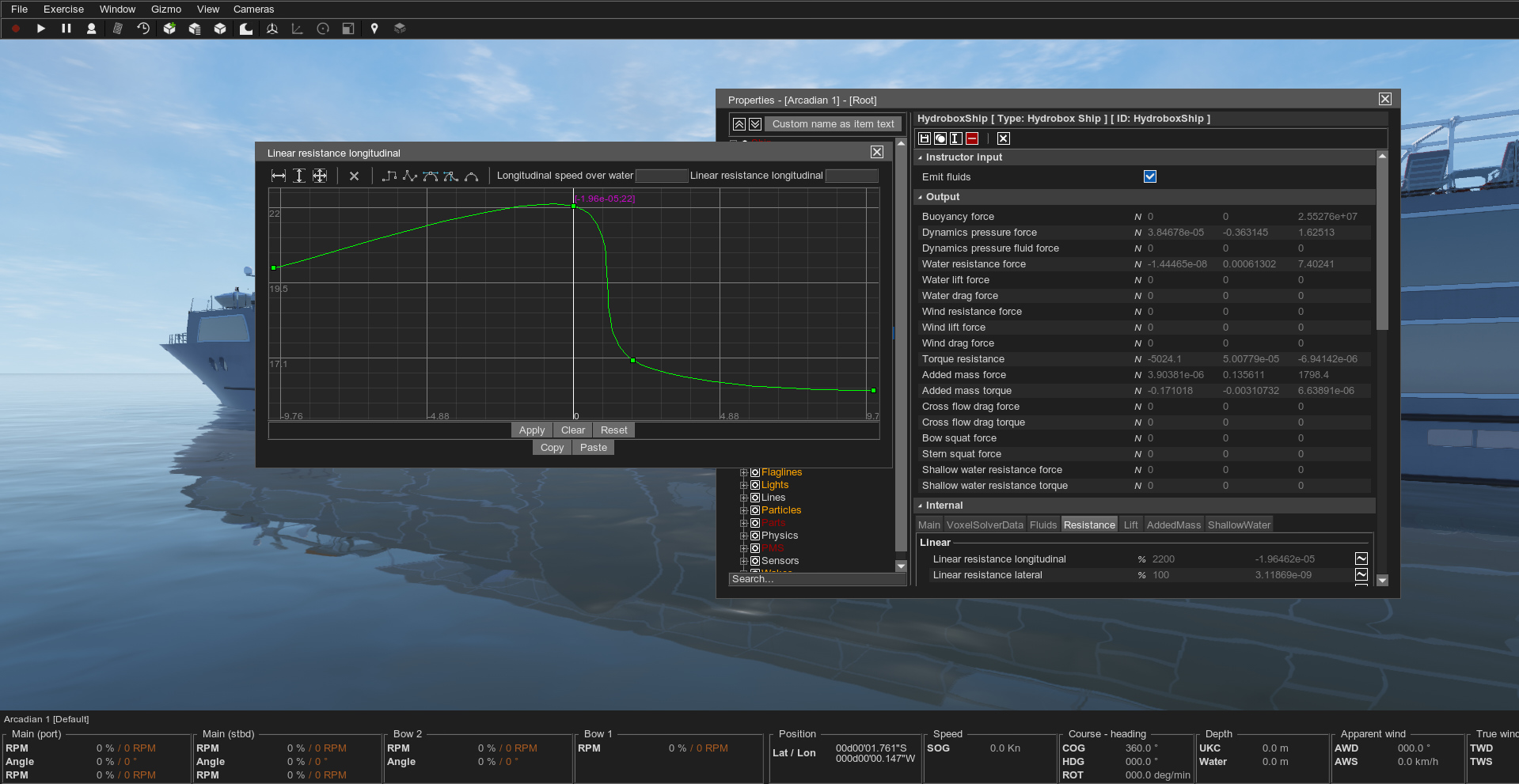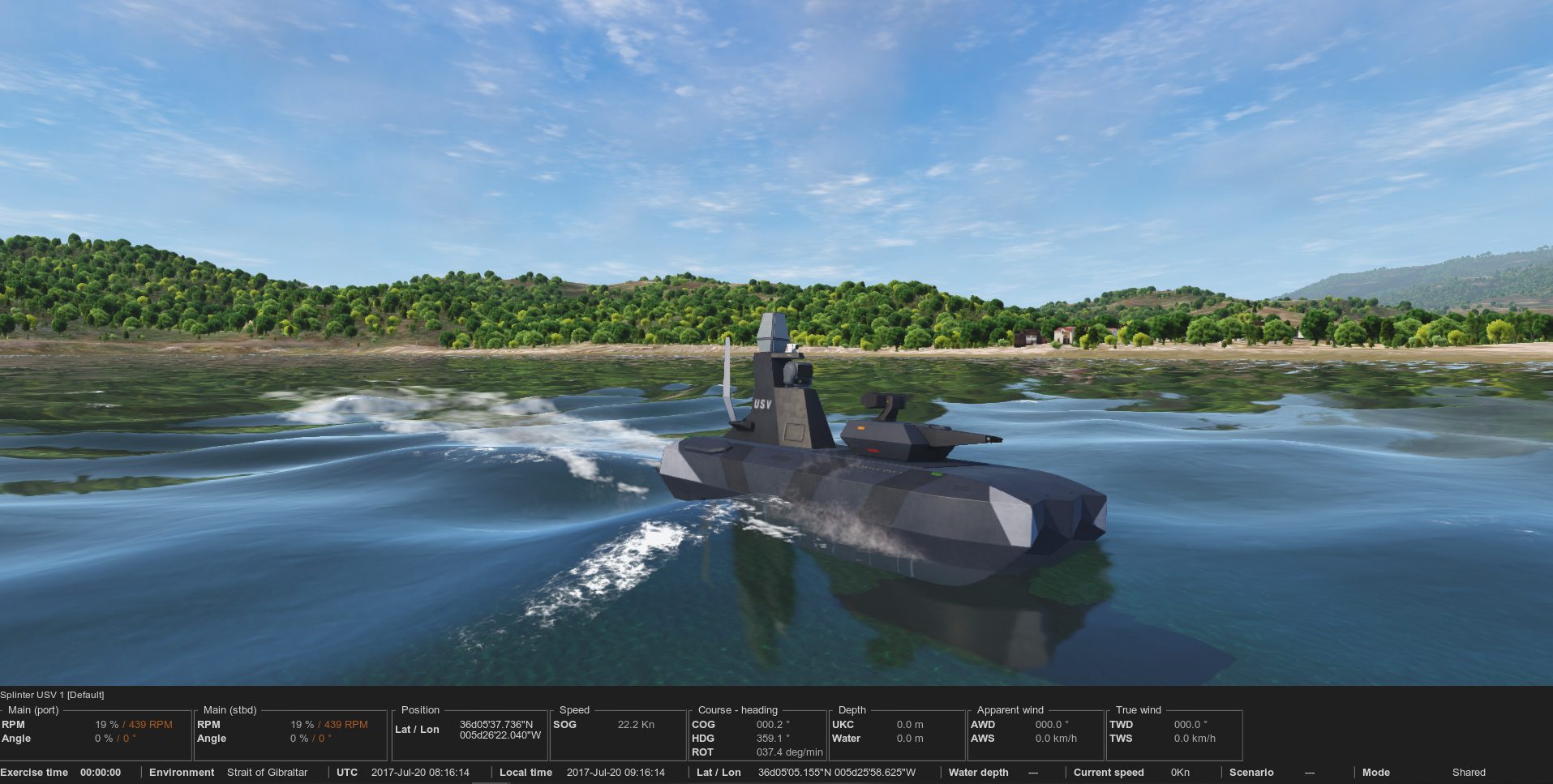Rotterdam, 19 May 2020 – One of the reasons why NAUTIS Maritime Simulators are used by a wide range of industries around the world for training is due to its high degree of behavioural realism. This includes accurate hydrodynamics, which are essential to ensuring training exercises reflect real-life conditions. Sanjeet Desai, VSTEP’s Lead Hydrodynamics Engineer, shares his thoughts on the matter.

Hi Sanjeet, can you share a little about your background?
I completed my studies in the field of aerospace engineering at TU Delft, here in the Netherlands. During my studies, I took part in a university student team assigned to designing a solar-powered boat. My task was to design an underwater aircraft-like wing that helps the boat to fly slightly above the water surface. It was unconventional, but definitely an interesting project to do!
That is how I was introduced to the world of marine engineering and ship hydrodynamics. It became an excellent opportunity to learn and implement the principles of aircraft dynamics in the boat’s design. Once this student project was completed, I continued my research project in the field of hydrodynamics at a Dutch shipyard.
Since the Netherlands is known for its historic and, to this day, sprawling maritime industry, it became a clear choice for me to continue a career in this field. Fortunately, I came across VSTEP and started as a hydrodynamics engineer at a company on the forefront of simulation technologies in the maritime domain.
How important are hydrodynamics to simulator training usage?
Hydrodynamics are a crucial part of designing any type of vessel. From calm buoys to super tankers, all floating vessels, whether powered by wind or propellers, experience hydrodynamic forces. Hence, it becomes vital to implement proper hydrodynamics in maritime simulators to attain the high fidelity of realism that the NAUTIS simulators are known for. This way, users can practice manoeuvres virtually and get the same responses as they would on the water in real life.

What is an interesting project you are currently working on?
Recently, I started working on a project we have with Chevron Shipping. It is slowly becoming increasingly intensive, yet the overall scale and intricacies make it an incredible project to handle. Besides dealing with the implementation of mega oil-tankers, delivery will require some noteworthy feature developments, which help make NAUTIS more tailor-made to their operations.
Apart from ships and environments, we have developed a new ocean model, anchoring system, and fenders for this project. Additionally, we also added a few improvements to the NAUTIS hydrodynamic model to improve the performance of oil tankers. It is challenging to oversee these feature developments and test them to provide high-quality results, however we have a great team working hard to accomplish that.
What is the most fulfilling aspect of your role?
As an engineer, I can match all the numbers and replicate the behavioural realism of a ship in NAUTIS, however there will always be a missing variable X in the ship’s behaviour. As you might have guessed that unknown variable X is the perspective of a skipper!
It is always fascinating to hear these varying viewpoints from, for example, a sea-going captain or inland skipper and realize how vastly different the behaviour of ships can be in these two areas. Employing this perspective into the ship development process became the most fulfilling aspect of my role. I am always delighted when a NAUTIS user says that the ship sails exactly as it does in reality!

How do you tackle the challenging issues that inevitably arise?
Before jumping directly to find a solution for a complex issue and scratching my head in despair, it is always a good strategy to break down issues into simple bits. This helps to identify the root cause of a problem without wasting time unnecessarily. So, I work hard to fix this root cause and voila, the challenging issue is resolved. Occasionally this does not work the first time, which means that I will take a break and approach it again from the start at another point in time.
What are some future projects or events that you are looking forward to?
I am looking forward to an upcoming project we have running with DAMEN Shipyards as it takes our maritime simulator in a new direction of development. This is only possible due to the flexibility of our software platform. Currently, our primary use case for the NAUTIS simulator is maritime training. With this project, we will be able to use our maritime simulators for research and development purposes of marine vessels. This would entail new advancements in terms of features and overall product strategy. If all goes according to plan, someday we might see NAUTIS being used in the development of an actual new ship!
Would you like to add anything else?
VSTEP is a software development company, but instead of only having Software Engineers walking around, it is fascinating to see a great mix of colleagues coming from different fields. I hope we continue with this tradition and make the world more sustainable with our impressive virtual training solutions. Our strong in-house team works hard everyday to make this possible and I am happy I am part of it.
About
NAUTIS Maritime Simulators ensure that your personnel are adequately equipped to respond to situations at sea. These simulators are used all around the world and help propel safety standards forward. For more information regarding our cutting-edge simulation solutions, click here. Better training saves lives and reduces the risk of damages. Do not hesitate to contact us if you would like to discuss how to best integrate NAUTIS within your organisation.